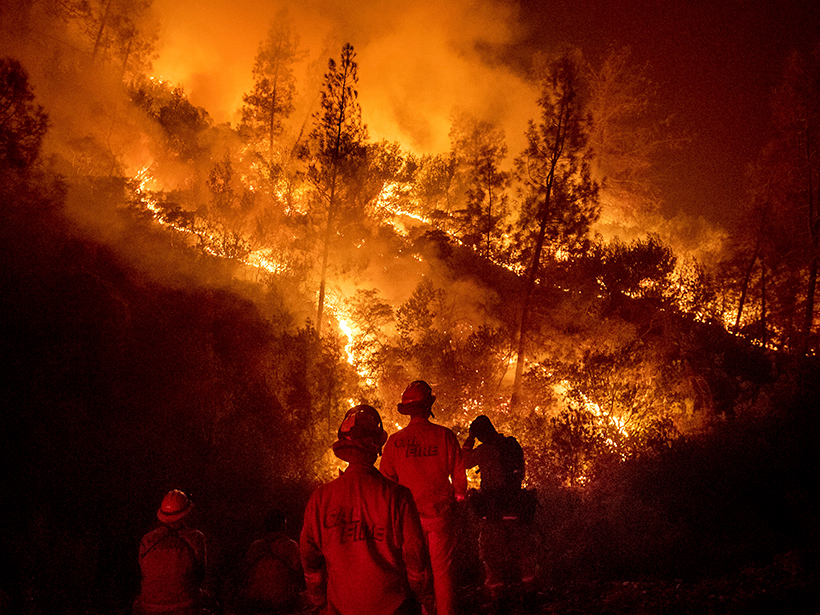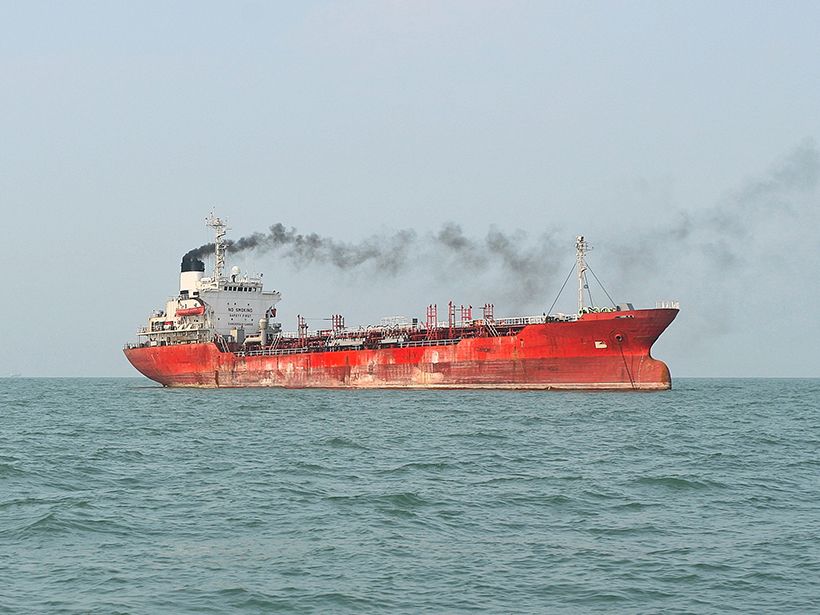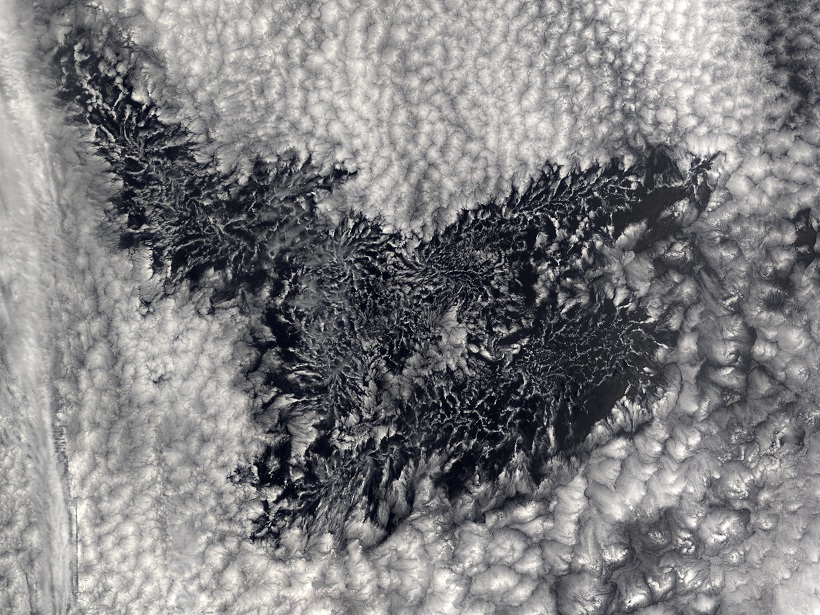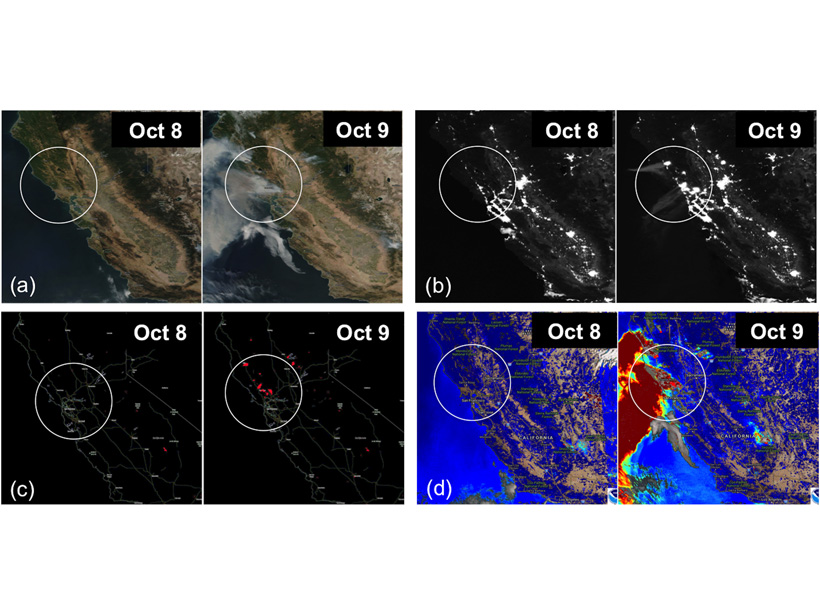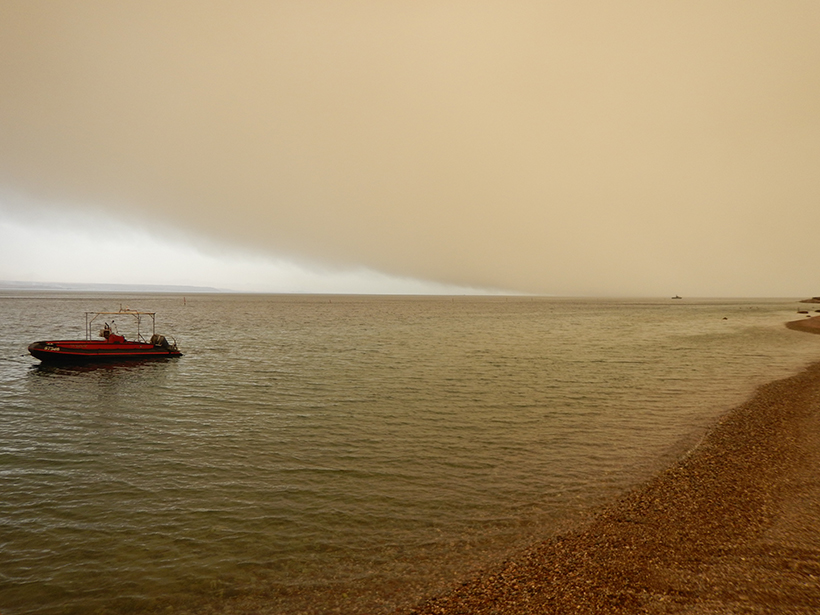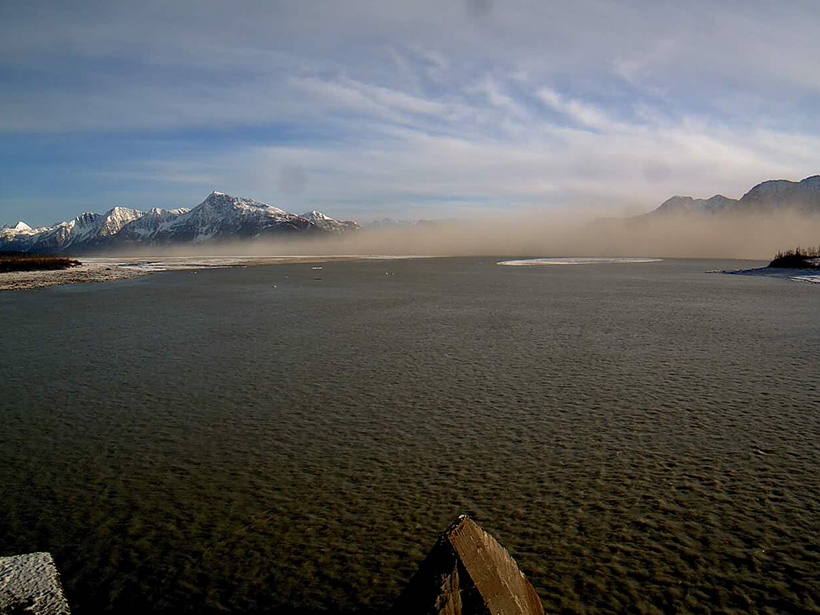Eos speaks with Andy Edman, western region chief of the Science and Technology Infusion Division at the National Weather Service, about how the agency is helping wildfire crews fight fires from space.
aerosols & particles
Brown Carbon from Increased Shipping Could Harm Arctic Ice
Emission from a ship’s engine gives clues to how much light-absorbing molecules may build up on and above snow and sea ice. Such emissions are likely to increase as more ships venture into the Arctic.
Improving Air Quality Could Prevent Thousands of Deaths in India
More stringent emission controls are key to the country’s future health.
How Many Water Droplets Are in a Cloud?
The number of droplets in clouds affects how much of the Sun’s warming energy is reflected back to space. But how reliable are our attempts to count them?
New Strategies to Protect People from Smoke During Wildfires
Satellite measurements coupled with inexpensive air quality monitors could help protect humans from smoke particulates during wildfire events.
Tailoring Aerosol Injections to Achieve Desired Climate Effects
Two-dimensional simulations of sulfate aerosol injections suggest that solar geoengineering projects can be customized to maximize solar reflection and help achieve potential climate objectives.
Dust Does Not Control Surface Ocean Productivity
The first continuous comparisons between daily atmospheric dust and ocean productivity measurements indicate that they are not correlated in the Gulf of Aqaba’s nutrient-limited ecosystem.
Solid-Fuel Use Puts Human Health at Risk
Data gaps obscure the full extent of deaths caused by heating homes with wood and other solid fuels.
Climate Models Are Uncertain, but We Can Do Something About It
Model simulations of many climate phenomena remain highly uncertain despite scientific advances and huge amounts of data. Scientists must do more to tackle model uncertainty head-on.
Assessing the Many Influences of High-Latitude Dust
First International Conference on High Latitude Cold Climate Dust (HLCCD); Reykjavík, Iceland, 22–25 May 2017

